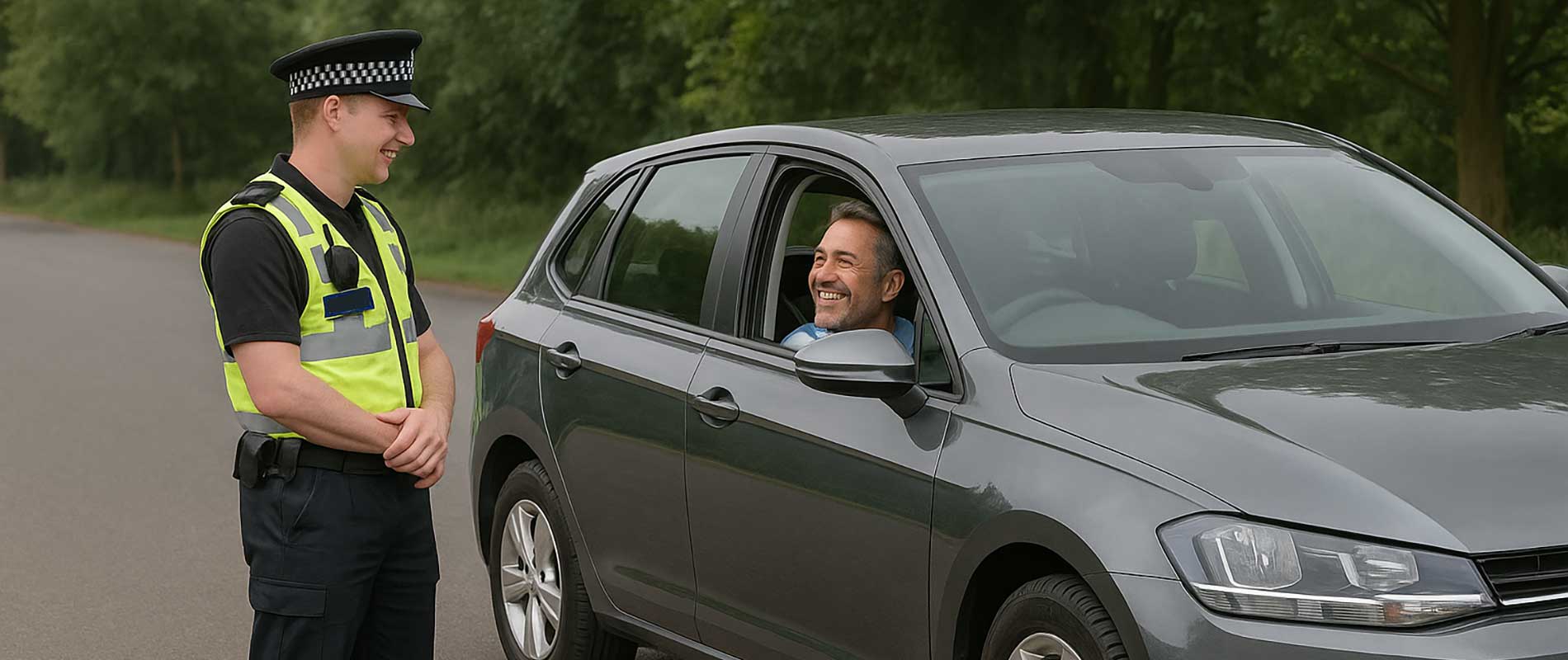What a DR10 conviction means
A DR10 appears on your driving record when you’ve been convicted of driving or attempting to drive while over the legal alcohol limit. It’s one of the most serious motoring offences under UK law, and insurers treat it as such. Beyond the immediate penalties; a fine, possible ban, and court costs; a DR10 changes how every insurer views your level of risk. It stays on your record for years and will almost certainly affect what you pay for insurance.
What happens to your existing policy
If you already have insurance when the conviction is handed down, you must tell your insurer straight away. Most policies include a duty to disclose any new convictions, and failing to do so can invalidate your cover. Once informed, your insurer will usually reassess your policy. In mild cases they might increase your premium for the remainder of the term. In severe or recent cases, they may cancel the policy entirely and issue a refund for the unused portion.
It’s unpleasant but predictable. Insurers operate on statistics, and drivers with drink-driving convictions are far more likely to be involved in future claims. The company simply adjusts its risk accordingly. If they withdraw cover, you must stop driving immediately until new insurance is in place.
How your premiums are affected
Expect a steep rise. A DR10 can double or even triple your premiums for several years. The exact increase depends on the insurer, your age, car type, and how long ago the offence occurred. Premiums tend to peak right after the conviction and then gradually fall as the years pass and you stay claim-free. Time, patience, and a spotless record are the only real cures.
Some insurers refuse to quote at all for a few years following a DR10, especially if a long disqualification was imposed. Others may offer cover but with restrictions: higher excess, limited mileage, or removal of certain benefits. It’s best to shop around among specialist convicted driver insurers who understand the circumstances better and are more open to negotiation.
How to get insured again
Once you’re legally allowed to drive again, start by gathering a few quotes from providers that deal with drink-drive convictions specifically. These companies build policies around higher-risk drivers, so while prices won’t be low, you’ll at least be treated fairly. Always declare the DR10 honestly. It might feel embarrassing, but any omission could make your policy invalid and leave you uninsured.
If you completed a drink-drive rehabilitation course, mention it; some insurers recognise this effort and may reduce your premium slightly. Choosing a modest car with a smaller engine, keeping mileage low, and parking securely also help soften the financial blow.
What to expect at renewal
When renewal time comes, don’t accept the first quote. Compare offers from both your existing provider and competitors. Each insurer treats time-since-conviction differently, so prices can vary widely. The key is to stay consistent, drive carefully, and avoid further endorsements. After a few clean years, premiums usually start to move back toward normal levels.
It’s worth checking your licence periodically through the DVLA so you know exactly when the conviction will be spent and can legally stop declaring it. Until then, always answer questions honestly on every insurance form.
Rebuilding your driving reputation
A DR10 conviction is a setback, but it doesn’t have to define you forever. Insurers care about patterns, not single moments. Every careful journey, every renewal without incident, helps rebuild trust. Over time the shadow of the conviction fades, and your insurance costs follow. The lesson most drivers take from a DR10 is simple but lasting: treat driving as a privilege, not a right. Once you’ve regained it, protect it like gold.

